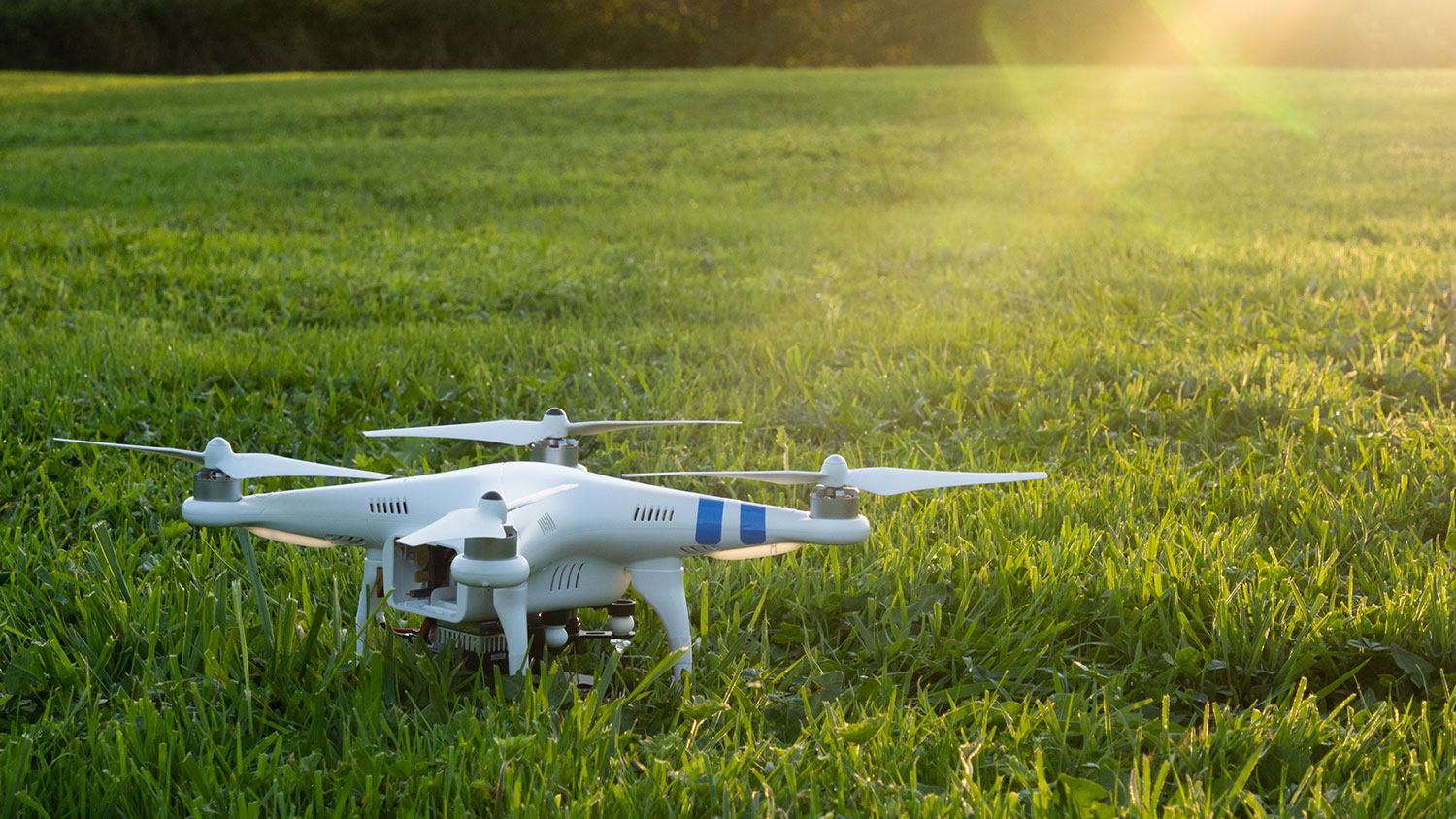Back, in the early 2000s, the CIA and the U.S. military poured a lot of money into research on unmanned autonomous vehicles (UAVs) — also known as drones. Ten years later, the results of that research are making their way to the rest of us, to the point where if you follow the news with any regularity, it’s hard to escape the feeling that we’re rapidly approaching peak drone.
Want to do something? Anything? There’s a drone for that. Want to deliver a package? A pizza? Try a drone! Someone rustling your cattle? Poachers chasing your rhinos? Drone is on the job! Do you need someone to go out in your fields and look for sick cows? Tell you if your corn is thirsty? No really, don’t get off the sofa. Drone is here to take care of that for you. Is your poorly regulated and maintained natural gas pipeline leaking methane everywhere? Drone can find those leaks.
How much of this is actually practical? Drones are expensive to buy and maintain, they have battery life issues, they’re difficult to operate in rough weather, it takes training to operate them and read the data they collect, and using them in populated areas raises civil liberties concerns.
Ssssh! You might hurt drone’s feelings!
The drone boom has its precedents. The fighter planes developed for World War I found themselves dusting crops in the heartland and putting out forest fires a few years later, while the nitrogen that was helping things explode found itself being turned back to the purpose that Fritz Haber originally imagined for it — making crops grow large.
It makes sense that the most promising application of drone technology is in agriculture, since the need to monitor large swaths of territory is something that the military and large-scale farms have in common. A large-scale corn or soy operation is more likely than a small farm to have the money to buy a drone, and modern megafarms are already high-tech enough operations that adding drones to the mix shouldn’t be too much of a stretch. Farmer Brown and Farmer Drone are likely to get along just fine.
Whether this is the smartest use of drones for the U.S. as a nation, though, remains to be seen. After all, large-scale monocropping is not the soundest environmental policy, and some help from drones won’t change that. If drones turn out to be an affordable, practical way to find methane leaks, that could be exciting — but while the technology for finding leaks can always do with improvement, the real issue is motivating the companies whose infrastructure is leaking to actually fix those leaks.
If drones turn out to be useful in monitoring the effects of climate change, or in tracking deforestation, that’s also great. Right now, though, we’re still in the hype and hope stage.



